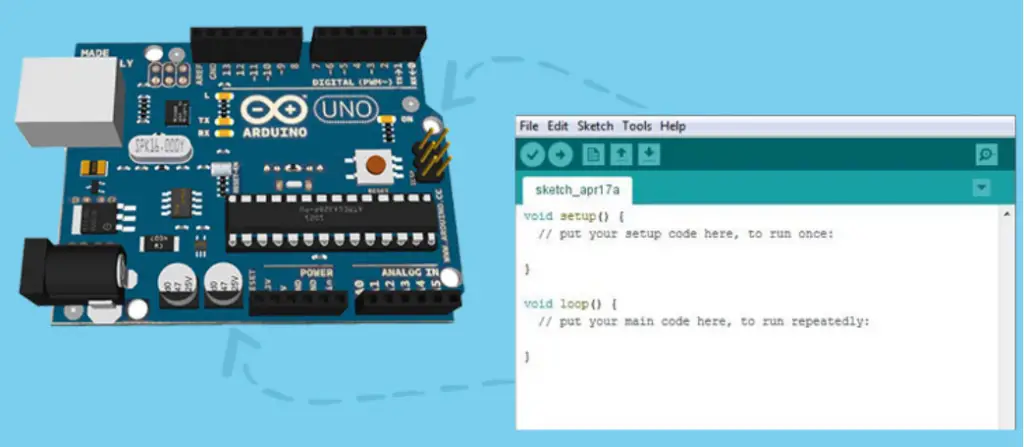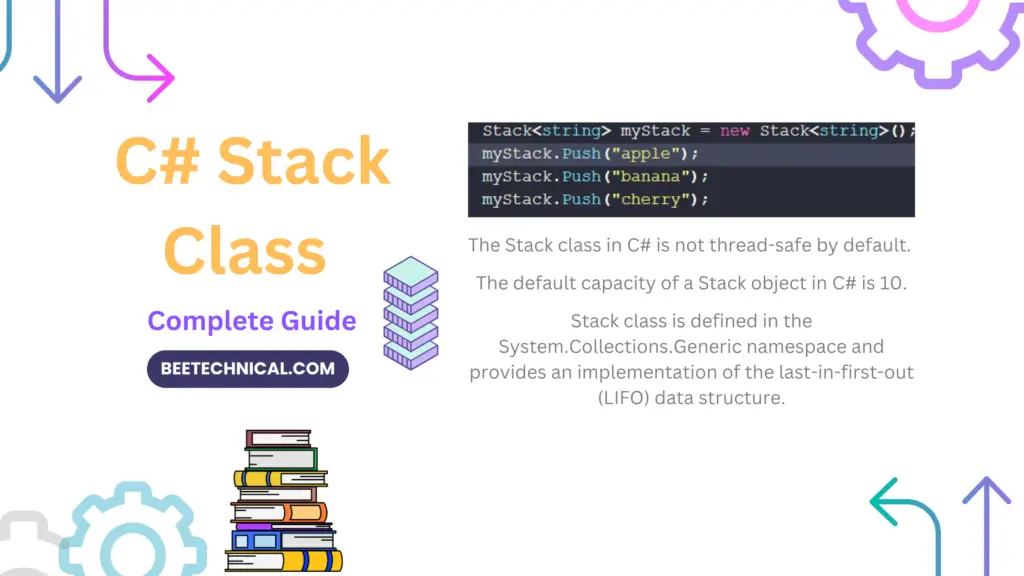Raspberry Pi and Arduino are two boards that are very popular among electronic DIY builders, hobbyists, and even professionals. Raspberry Pi and Arduino are quite different boards.
While Arduino is designed to speed up prototyping circuits and programming, Raspberry Pi acts as an educational device to learn Computer Programming (but you can discover Raspberry Pi is several DIY projects as well). Each of these boards has its pros and drawbacks.

Let’s take a closer look at these two boards, understand the distinctions between Raspberry and Arduino, and then create an overview of Raspberry Pi and Arduino in an organized format.
Comparison of Raspberry PI and Arduino in IoT
| Raspberry Pi | Arduino |
| It is a Single Board | Arduino is a microcontroller-based development board |
| It is an ARM Cortex-A Series Microprocessor-based it on Broadcom SoC, an ARM Cortex-A Series Microprocessor | It is built on Atmel Microcontrollers. Arduino UNO uses ATmega328P Microcontroller |
| A Debian-based Linux Distribution called Raspberry Pi OS is required to start the Raspberry Pi | Since it is a microcontroller There is no requirement to run an Operating System |
| Raspberry Pi SBC can perform many tasks at once due to the powerful processing power and Linux OS. | Arduino is generally used to execute one task (or very little. of tasks) repeatedly for a long time, repeating the same task over and over |
| The essential components such as RAM, Processor Connectors, GPIO Pins, and more. are located in the Raspberry Pi Board itself | The microcontroller in the Arduino Board (like ATmega328P) includes the processor RAM, ROM, and. The board has hardware that supports it (for data and power) and the GPIO pins |
| The price of the original Raspberry Pi SBC was just $35. In the meantime, all basic variants of the latest Raspberry Pi versions are priced at only $35. | The original price for Arduino UNO is $23 |
If you are trying to decide between them, it is based on the requirements of your project. We hope this article helps you understand the distinctions between the two boards and aids you in choosing the appropriate boards for your next venture.
Brief Introduction About Arduino in IoT
We will begin with Arduino. Arduino was invented by Massimo Banzi Et. Al. in Ivrea, Italy. Arduino is an open-source electronic prototyping device in both software and hardware.
Arduino is a Microcontroller development board with which it can blink LEDs, receive inputs from Buttons as well as access data from Sensors as well as control Motors, and perform a variety of other “Microcontrollers” related tasks.

The most well-known Arduino boards are the Arduino UNO, built on the ATmega328P microcontrollers from Atmel (now Microchip). Regarding the software side of Arduino, All Arduino boards are programmable with C and a C++ programming language with a specific software known as the Arduino IDE.

The Arduino IDE consists of the toolchains used for editing source code and creating and programming the microcontroller on Arduino.
If you’ve worked using Microcontrollers such as 8051, Atmel, or PIC Microcontrollers, You probably are familiar with the long-term development process for applications made with these microcontrollers. If you’re unfamiliar with the process, let us look at the process in detail.
The first step is to create an application (the primary source code) using an IDE specifically designed for this purpose (like Keil, Atmel Studio, or PIC’s MPLAB IDE). After that, you must compile the code and generate an executable file that is in the shape of a .hex file.
With a special piece of hardware known as a “Programmer”, you have to upload the hex file onto the microcontroller of your choice by using programmer software.

Arduino made this process easier by allowing plug-and-play-style quick programming. With a single program (the Arduino IDE), you can create the code, compile and then upload it to the Microcontroller.
It is also not necessary to have additional hardware to upload the program. Connect an Arduino board to a computer via USB Port, press the upload button, and it’s done. Your Microcontroller on the Arduino board is now ready to perform its duties.
Another great thing that is unique about Arduino is that it is an open-source project. This means that the design files and the source code for libraries and software are free to download. You can make use of the design files for hardware for reference and build a personal Arduino board.
Brief Introduction About Raspberry in IoT
Eben Upton designed Raspberry Pi at the University of Cambridge in the United Kingdom to teach programming and improve the skills of students.

In contrast to Arduino, a Microcontroller-based development board, the Raspberry Pi is a Microprocessor (usually an ARM Cortex-A Series) built-in board that functions as an actual computer.
It is possible to connect multiple peripherals such as a monitor (through HDMI or AV Port) or Keyboard, Mouse and Mouse (through USB), connect to the internet (through Ethernet or Wi-Fi), or add a camera (through the Camera Interface) similar to what we connect to our desktop computer.
Because the whole Computer (the processor, RAM, Graphics, Storage, Connectors, and more.) is located on one Printed Circuit Board, the Raspberry Pi (and other similar boards) are referred to as SBC. Single Board Computers or SBC.

Because Raspberry Pi is essentially a full-sized computer, it can operate the Operating System. This is because the Raspberry Pi Foundation, the group responsible for developing and designing Raspberry Pi SBC, also offers the Debian-built Linux Distribution called the Raspberry Pi OS (previously named Raspbian OS).
The other thing that is important about Raspberry Pi is, as it’s a Linux operating Computer, it is possible to create software with a variety of Programming Languages like C, C++, Python, Java, HTML, and many more.

Despite its primary goal of promoting the use of programming (like Python and Scratch Programming Languages) in schools, the Raspberry Pi SBC gained a lot of popularity among amateur builders, hobbyists, and other enthusiasts to develop a variety of applications such as Robotics as well as weather Stations, Camera-based security systems, etc.
Because of its popularity and its popularity due to its success and popularity and success, the Raspberry Pi Foundation is continuously changing, and the release of an updated version of Raspberry Pi with the latest version is the Raspberry Pi 4 Model B. The design files for the hardware and software for Raspberry Pi aren’t open-source.
Conclusion
The two devices, Arduino both Arduino and Raspberry Pi, have their advantages as well as disadvantages. The choice of which one to choose depends on the nature of your project and your budget.
Arduino is ideal for repetitive tasks, like opening and closing doors, turning off or on lights, and so on. Therefore, if your project has repetitive elements and requires output based on sensory inputs, Arduino is the right option.
Raspberry Pi is best suited to handle complex tasks such as driving complex robots and weather monitors, posting online, etc. If your project requires complicated capabilities and connectivity to the internet, Raspberry Pi is your solution. I hope this has given you a better understanding of Arduino and Raspberry Pi and made the right choice.








